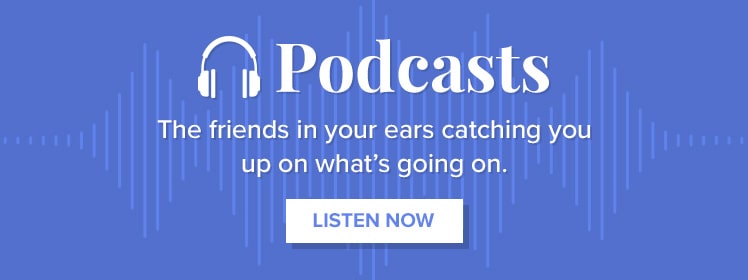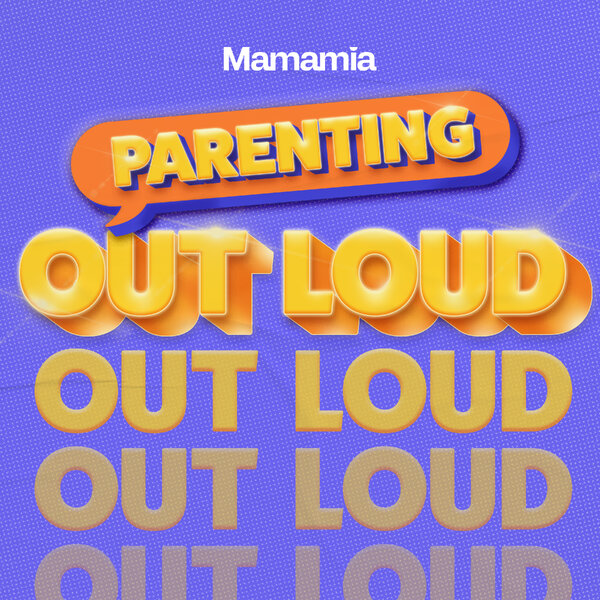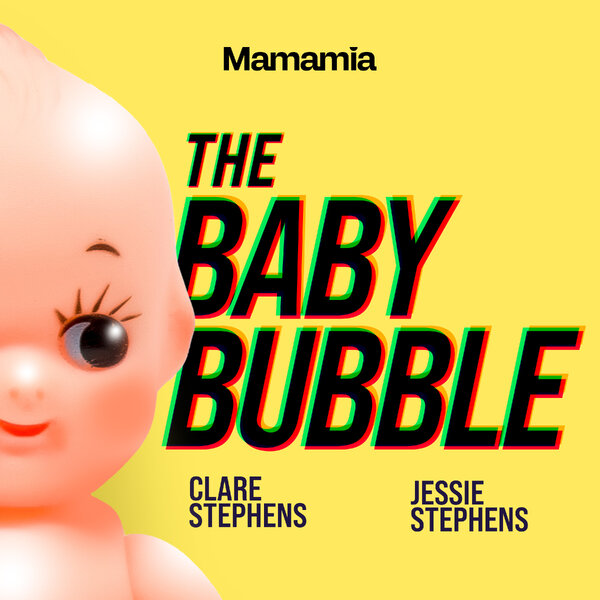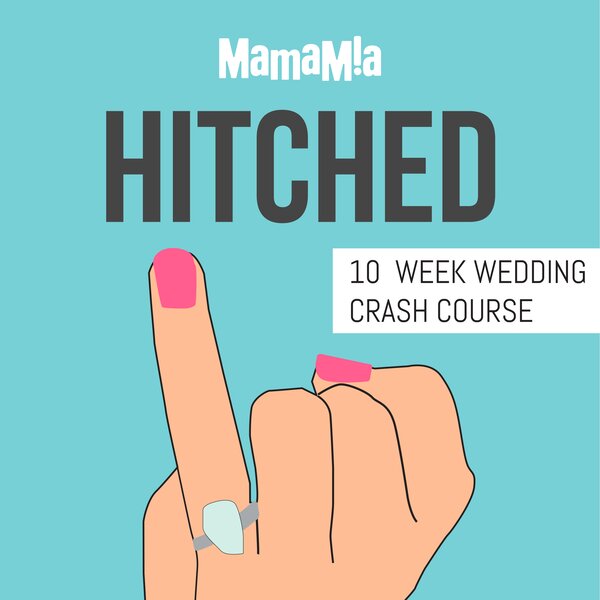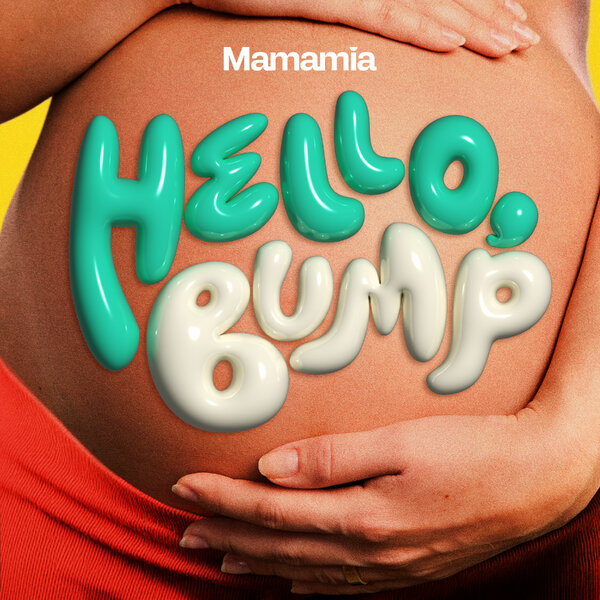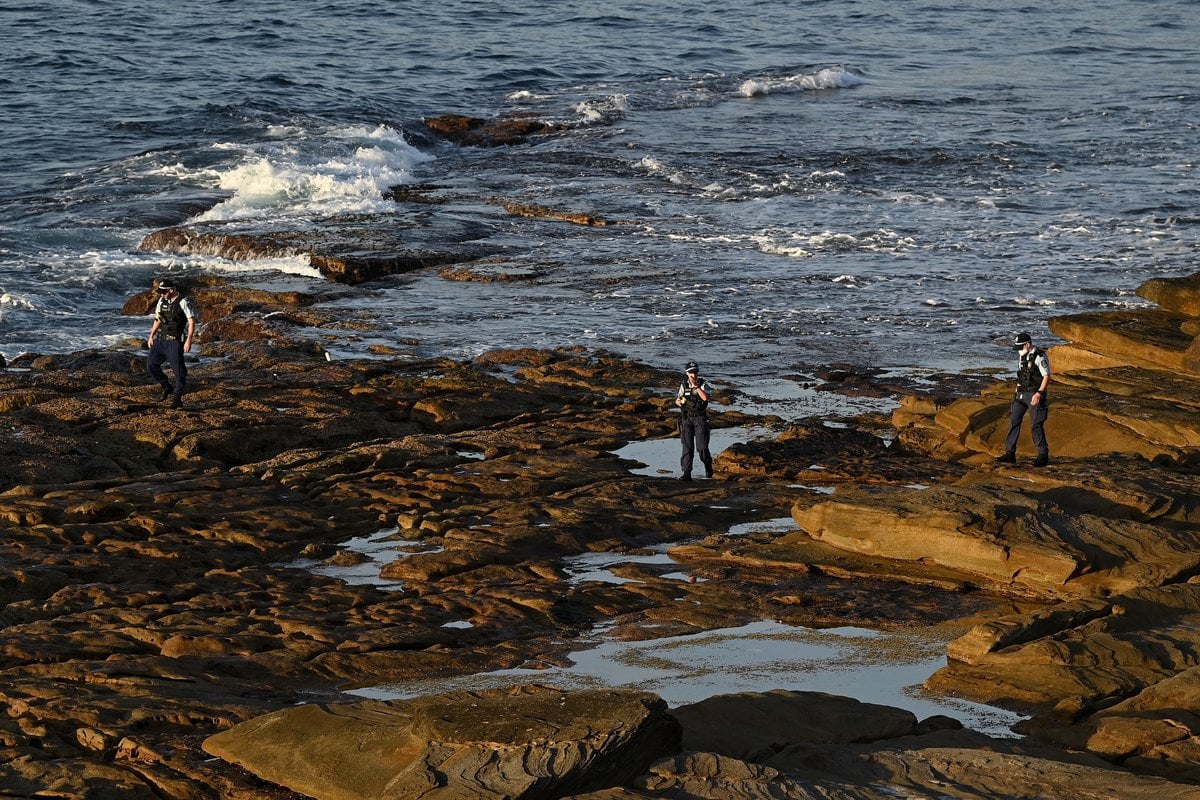
Today, a snuff video is playing on every device in the land, dressed up as news.
A shark attack at a Sydney beach - an event so rare, so random that it hasn’t happened for 60 years - cost a man his life yesterday afternoon.
A phone was raised from the nearby headland. Of course it was. This is a city beach, a blue-grey bay, just metres from homes and backyards, playgrounds and parks. And that phone captured one of the most horrific things us humans can imagine - a man being killed by an enormous predator. In real time.
We film things these days. It’s what we do. We live our lives through the oblong view of our black mirrors and it’s just how things are, how we process, how we document, how we mark our presence at a notable event.
The footage from that phone - let’s be clear, footage of a living, breathing person’s final horrifying moments, someone’s son, someone’s friend - was always going to find its way online. Of course it was.
It was always going to be passed around and shared and whispered about. Seeing things we can barely imagine is salve for our very human curiosity. What does it look like, the very worst thing happening?
But that video isn’t being traded surreptitiously. It isn’t being whispered about. Less than four hours after the man (unidentified at the time of writing, but no less human for it) lost his life, that video was the “splash” of several major news sites, within hours.
“Splash” means front and centre, the main event, the thing that people see first, click on first, the hero of the hour.
And this one was accompanied by trite warnings, Graphic Content; Some (only some?) Viewers May Find This Video Disturbing, but it’s blatant, base appeal was unquestioned. Let's face it, the clicks will be great, mate.



